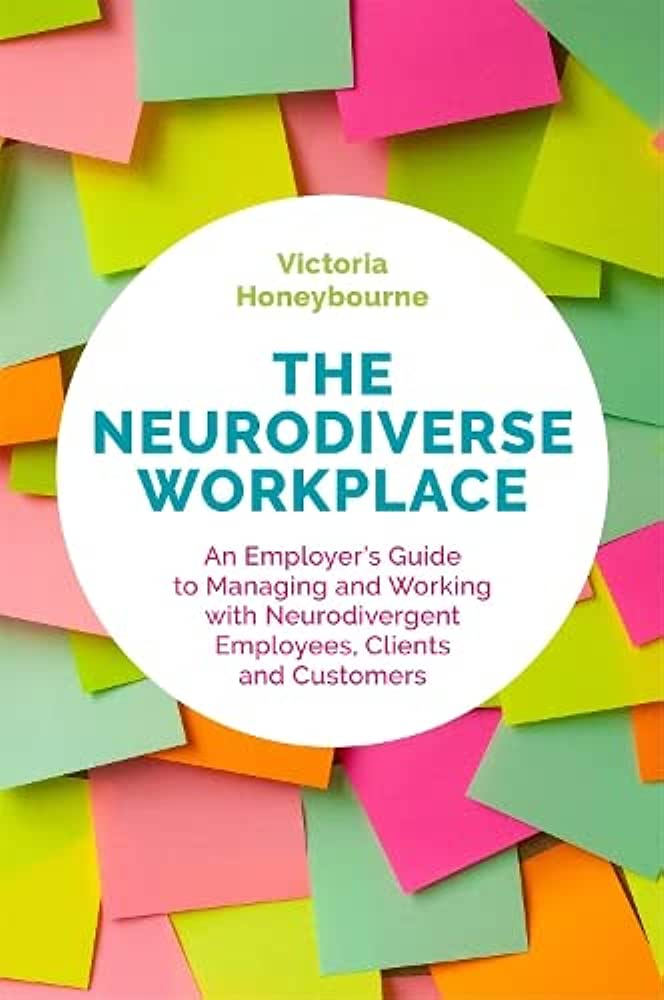
Author: Victoria Honeybourne
Topics: Neurodiversity, Disability Rights, Neurotypical Bias in the Workforce
Summary
“Flowers are not expected to be the same; this natural variation is accepted and celebrated as part of biodiversity,” so why is society less accepting of human diversity? One such type of diversity among humans is neurodiversity, or “the diversity of ways in which humans think, learn, and relate to others.” In other words, we do not process information exactly the same way from individual to individual. Labels for neurodiverse individuals include Asperger Syndrome, Dyslexia, Autism, Attention Deficit Hyperactivity Disorder (ADHD), and Attention Deficit Disorder (ADD). Just like particular flowers need specific environments to grow and thrive, so do those who identify as neurodivergent. Our social systems, educational institutes, and workplaces have been designed for neurotypical individuals, causing the neurodiverse to be at an immediate disadvantage. Honeyborne’s thesis is that the mind frame of society needs to be treated and cured, not individuals who have a different way of processing than others. In The Neurodiverse Workplace, Honeybourne takes this neurodiversity paradigm and introduces practical implementations which can be utilized in any workplace setting, benefitting all colleagues, customers, and clients who engage with these suggested positive changes.
Early chapters introduce the foundational concept of neurodiversity, the differences and difficulties neurodivergent individuals experience, and how labeling these differences can further marginalize, stereotype, and form prejudices. Once a basic understanding of common facets of these diagnoses is reached, it becomes easier to implement strategies for supporting neurodiverse employees. Some differences include memory and processing speed of new information, executive functioning, differences in communication styles, and low self-esteem. Chapter 5 confronts the recruitment process’s exclusivity, specifically, how a classic interview setting includes the need for responding and reading social cues correctly to answer questions. Paired with the rushed, speedy nature of the process, it can be disastrous for neurodivergent individuals. Honeyborune encourages a complete reworking of the hiring experience, providing clear job descriptions, allowing time for processing and answering questions during interviews, and having support systems in the early days of employment for email and presentation writing and worker relations. Communication skills are critical in work environments but are the most common difference with a neurodivergent individual. Chapter 6 focuses on supports that can be implemented to help strengthen communication in a workspace, practices which benefit both neurodivergent and neurotypical individuals, clients, and customers. These solutions and supportive practices are surprisingly simple, inexpensive, yet powerful.
You’ll Love This Book If
This book is for anybody seeking broader knowledge about neurodiversity, the benefits of employing neurodiverse workers, and how to support those individuals in a workplace environment.
The laws and practices protecting Neurodiverse individuals discussed are specific to England, Scotland, and Whales. Though we have similar laws and regulations, this book may not be for you if you seek specific information about U.S. policy.
